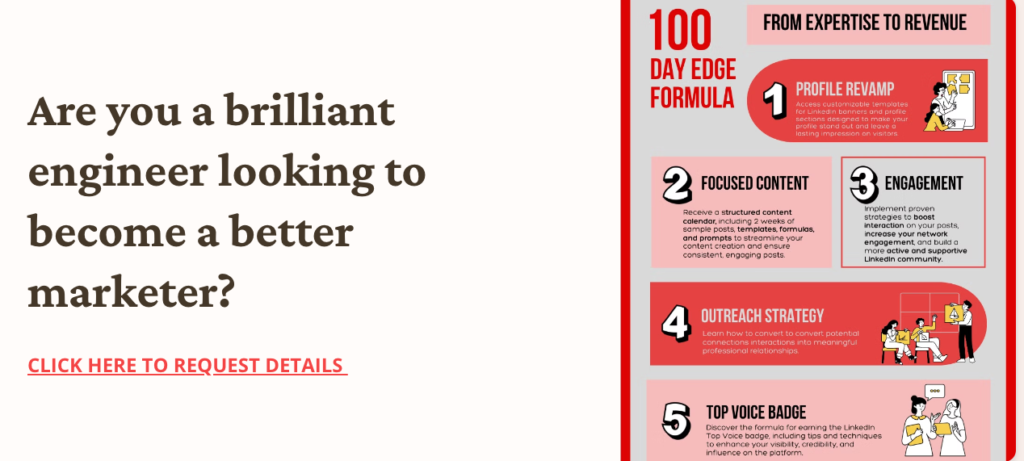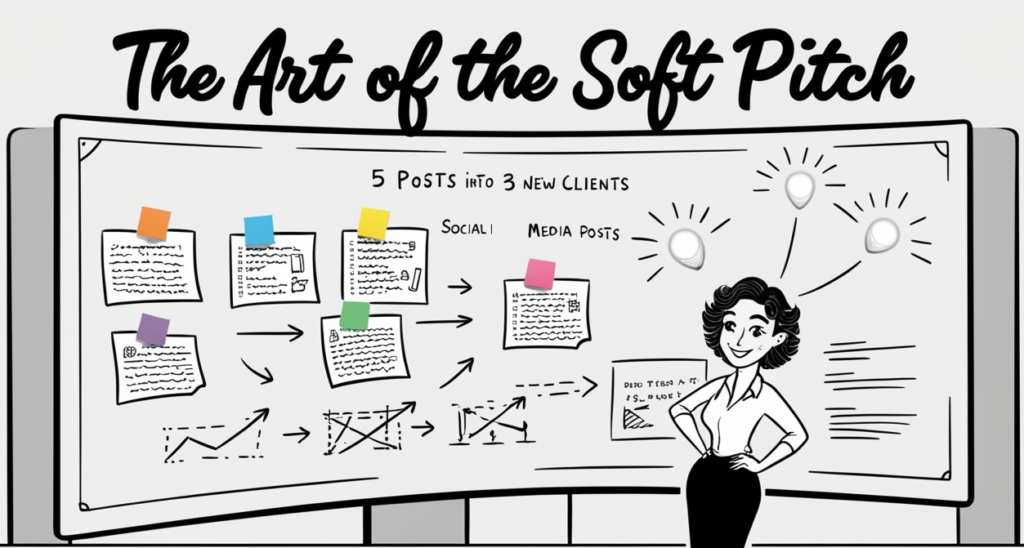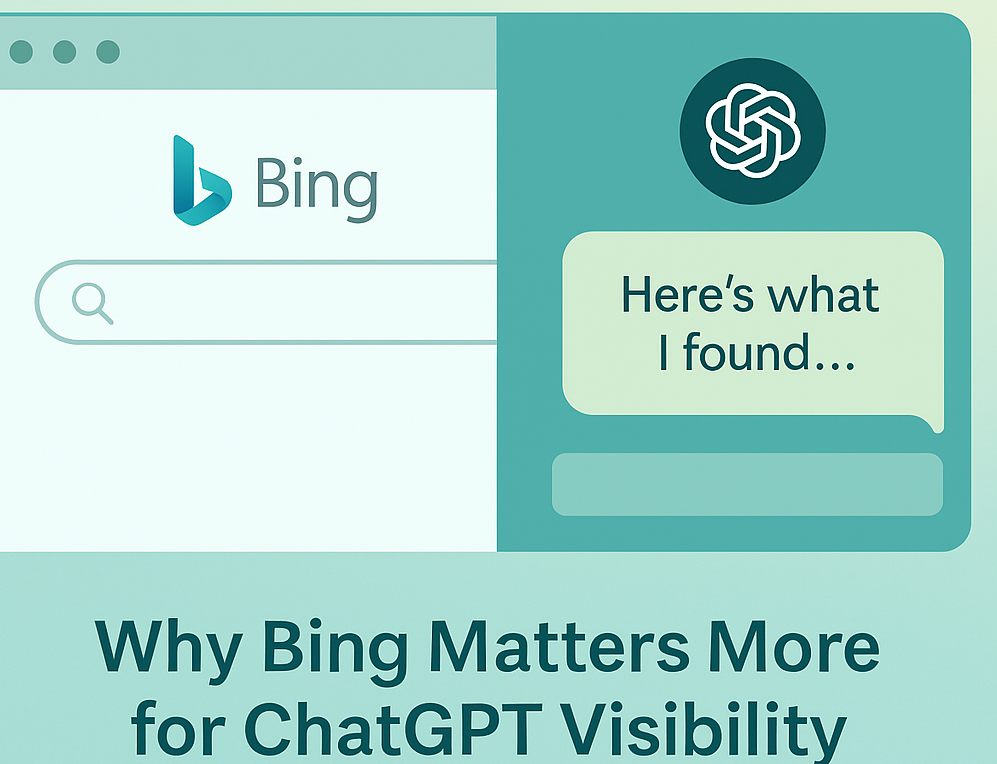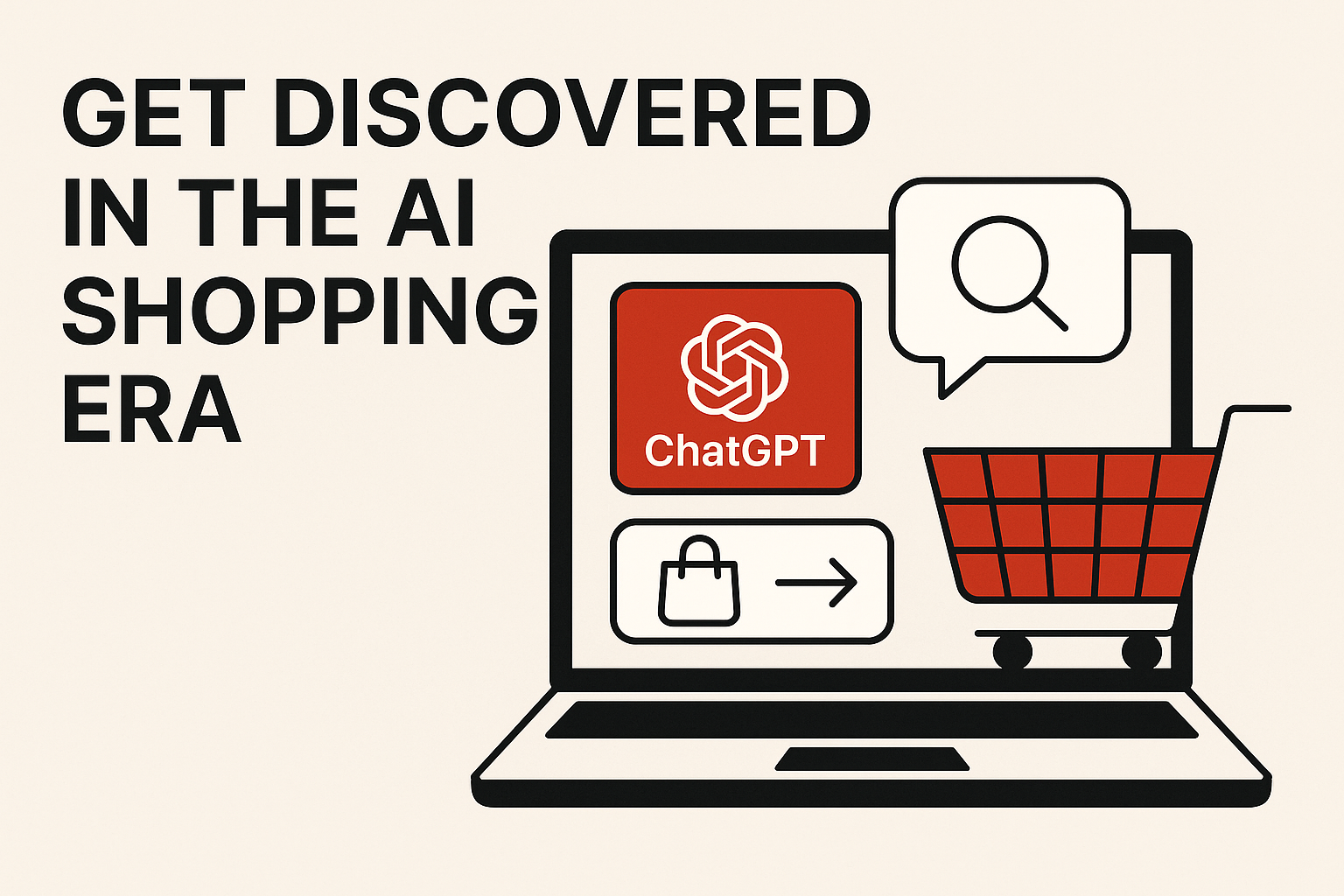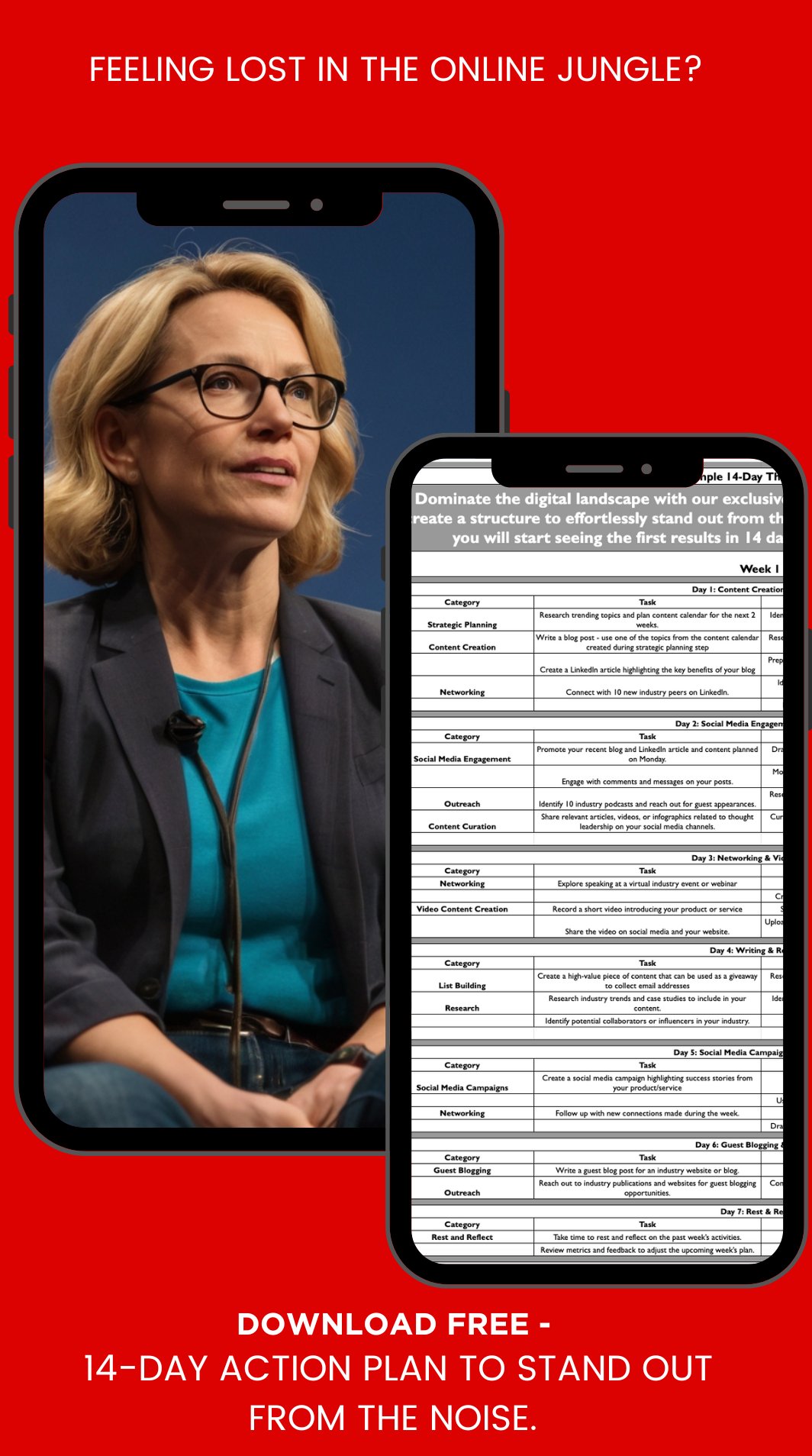“Just closed another six-figure deal from LinkedIn… again.”
When I share this with fellow agency owners, their first question is always about my advertising budget. Their jaws drop when I tell them it’s zero.
The secret isn’t in paid ads or aggressive outreach – it’s in the subtle art of the soft pitch.
Last month, while analyzing our Q1 sales data, I noticed something striking: 40% of our new clients came through social media engagement, not traditional sales channels.
But none of our posts were traditional “buy our services” pitches.
In fact, they didn’t look like sales content at all.
If you’re tired of the “Hope you’re doing well, let’s jump on a call” LinkedIn messages that we all ignore, let me show you a different approach.
One that turned five simple posts into three new client relationships, without a single direct pitch…
Welcome to the art of the soft pitch.
In this post, I’ll walk you through how I transformed my last five LinkedIn posts into three new high-value clients.
So let’s dive into a strategy that could revolutionize your approach to social selling.
Table of Contents
ToggleThe Soft Pitch: What It Is and Why It Matters
First things first: what exactly is a soft pitch?
Think of it as the difference between a sledgehammer and a scalpel.
While a hard pitch hits your audience over the head with a sales message, a soft pitch gently guides them towards your solution. It’s content marketing with a conversion twist.
Why should you care?
Consider these statistics:
- 75% of B2B buyers use social media to make purchasing decisions
- 50% of B2B buyers use LinkedIn as a source for making purchase decisions
- Companies that excel at lead nurturing generate 50% more sales-ready leads at 33% lower cost
The Challenge: Standing Out in a Sea of Noise
Let’s address the elephant in the room: we’re all fighting for attention in an increasingly crowded digital space.
You’re probably thinking, “I’ve tried content marketing, but I’m not seeing the ROI. How is this any different?”
The key lies in the approach.
A soft pitch isn’t just about creating content; it’s about crafting a narrative that subtly positions your solution as the answer to your audience’s problems.
It’s the difference between shouting “Buy my product!” and whispering “Here’s how we solved that problem you’ve been struggling with.”
The 5-Post Strategy: Breaking It Down

So, how did I turn five posts into three new clients? Let’s break it down:
- The Problem Post. My first post focused on a common pain point in our industry. I shared a personal anecdote about a challenge we faced, making it relatable and human. This post garnered significant engagement, with many CEOs commenting that they faced similar issues.

Key Takeaway: Start with empathy. Show your audience you understand their struggles.
2 – The Teaser Post. In my second post, I hinted at a solution we’d developed. I didn’t reveal everything, but I shared enough to pique interest. This post ended with a call-to-action asking followers if they’d like to learn more.
Key Takeaway: Create curiosity. Give your audience a reason to stay tuned.


3 – The Value Post. The third post delivered substantial value. I shared three actionable tips that anyone could implement immediately. This post positioned me as a helpful resource rather than a salesperson.
Key Takeaway: Give before you ask. Provide real value that showcases your expertise.
4 – The Case Study Post. In the fourth post, I shared a brief case study of how we helped a client overcome the challenge discussed in the first post. I focused on results and the client’s journey rather than our product features.
Key Takeaway: Show, don’t tell. Let your results speak for themselves.

- The Soft CTA Post The final post tied everything together. I recapped the journey from problem to solution and invited followers to reach out if they wanted to learn how we could help them achieve similar results.
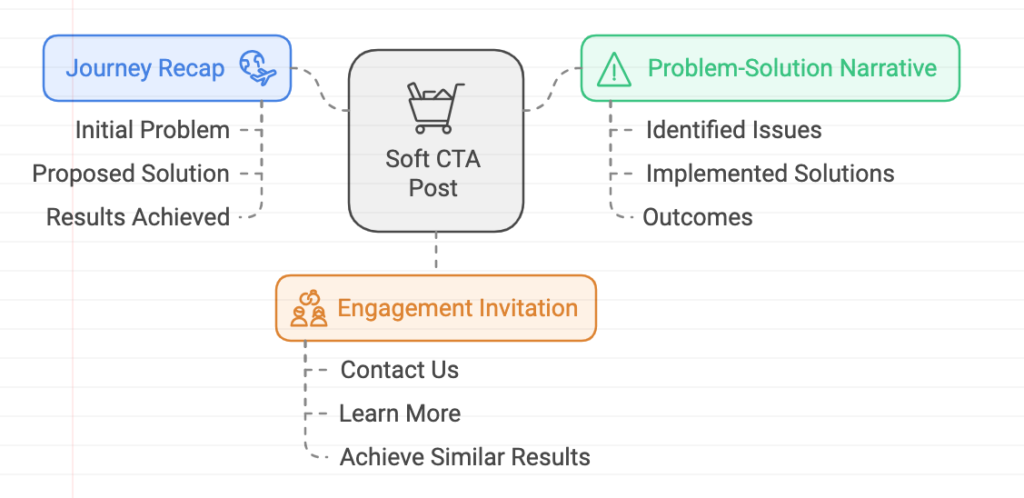
Key Takeaway: Make it easy for interested prospects to take the next step.
The Results: 3 New Clients and Counting
Within two weeks of this campaign, I had three new client meetings on my calendar.
Two of these turned into signed contracts, and the third is in final negotiations.
But here’s the best news: I never once directly pitched our services. The clients came to me, asking how we could help them.
Addressing Common Concerns
Now, I can hear some of you saying, “That’s great, but I don’t have time for all this content creation.” Or maybe, “My industry is different. This won’t work for me.” Let’s address these concerns head-on:
1 – Time Constraints:
Yes, creating quality content takes time. But consider this: would you rather spend your time cold calling and getting rejected, or building a system that brings clients to you? Start small. Even one thoughtful post a week can make a difference.
2 – Industry Specifics:
While the specific content will vary, the principles of the soft pitch apply across industries. Whether you’re in SaaS, fintech, or biotech, your clients have problems they need solved. Your job is to show them you understand those problems and have a solution.
3 – Measuring ROI:
Worried about measuring the return on your efforts? Here are some key metrics to track:
- Engagement rate on your posts
- Growth in followers/connections
- Increase in inbound inquiries
- Conversion rate from follower to client
Remember, the soft pitch is about playing the long game. It’s about building relationships and trust, not just making a quick sale.
Implementing the Soft Pitch in Your Strategy
Ready to give the soft pitch a try?
Here’s a step-by-step guide to get you started:
- Identify Your Audience’s Pain Points: What keeps your ideal clients up at night? What challenges are they facing that your solution can address?
- Plan Your Content Series: Map out a series of 5-7 posts that take your audience on a journey from problem to solution.
- Create Valuable, Shareable Content: Focus on providing real value. Use a mix of text, images, and video to keep things engaging.
- Engage with Your Audience: Respond to comments, ask questions, and foster discussion. Remember, it’s called social media for a reason.
- Track and Analyze: Use LinkedIn’s built-in analytics (or a third-party tool) to see what’s resonating with your audience. Adjust your strategy accordingly.
- Be Patient and Consistent: Results won’t come overnight. Commit to the process and give it time to work.
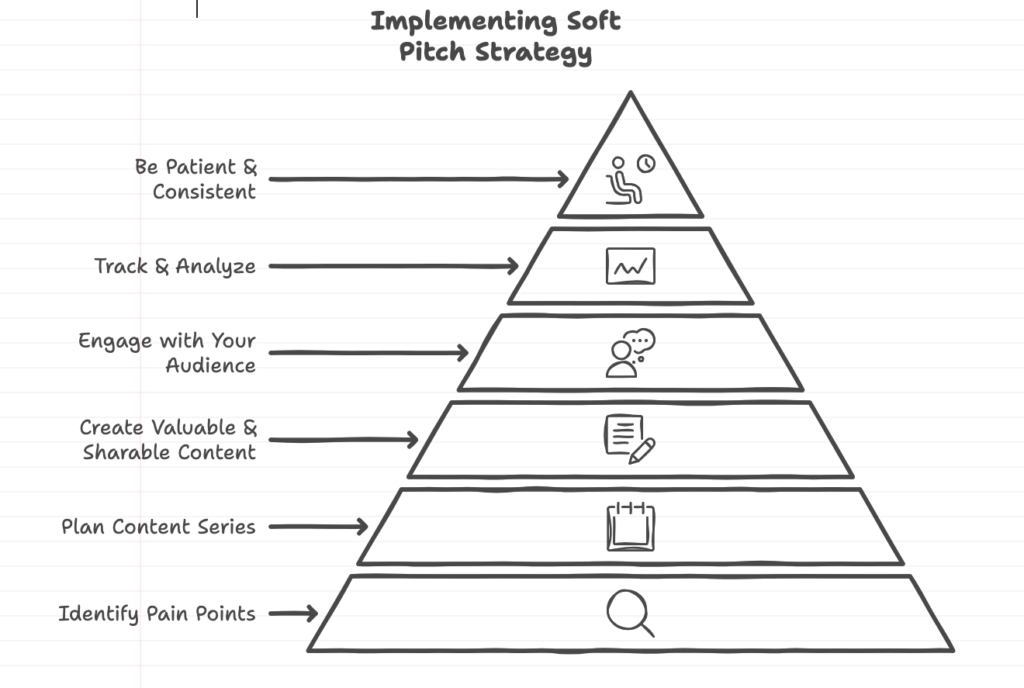
Conclusion: The Power of the Soft Pitch
In a world where everyone is shouting for attention, the soft pitch allows you to cut through the noise by providing value and building relationships. It’s not about tricking people into buying; it’s about demonstrating your expertise and letting clients come to you.
Remember, as tech CEOs, our greatest asset is our knowledge and experience. The soft pitch allows us to leverage that asset in a way that feels authentic and generates real results.
So, are you ready to transform your social media strategy and start attracting high-value clients? The soft pitch might just be the game-changer you’ve been looking for.
Final Thought: “In the digital age, the most valuable currency is trust. The soft pitch is your way of minting that currency with every post.”
Now it’s your turn.
What’s been your experience with social selling? Have you tried a soft pitch approach? Share your thoughts in the comments below, and let’s continue the conversation.
